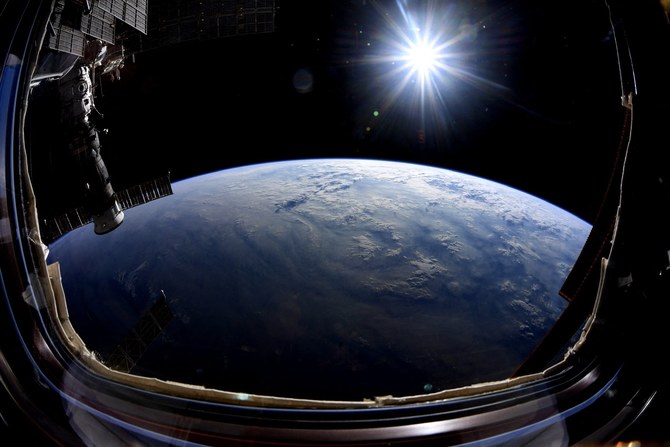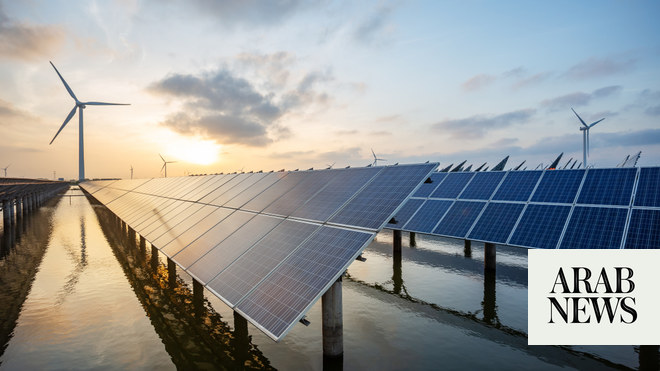
The Middle Easts share of renewable energy in the power mix is expected to triple from 5.6 percent (16.7 GW) in 2016 to 20.6 percent (100 GW) in 2035, according to a new energy outlook report.
The report done by Siemens expected the region to require a total of 483 gigawatts (GW) of power generation capacity by 2035, an addition of 277 GW from 2016. It added that this increase highlights the need for reliable and efficient energy storage solutions, as well as "mixed power generation sources to overcome the intermittent nature of renewables and achieve grid stability."
Siemens’ report entitled: ‘Middle East Power: Outlook 2035’ notes that despite the growing share of renewables, natural gas is expected to remain the number one source for power generation in the region, representing 60 percent of installed capacity through 2035.
"With economic diversification and population growth accelerating, the growth in power demand in the region - approximately 3.3 percent per year – will be realized predominantly through increasingly efficient natural gas-fired power plants," added the report.
Capacity additions will primarily be highly efficient Combined Cycle Power Plants (CCPPs), the kind of power plants expected to dominate the domain by 2030.
Siemens Middle East and UAE CEO Dietmar Siersdorfer indicated that a reliable, efficient, flexible and affordable power supply is the backbone of economic and social development in the Middle East, adding: "While the energy mix will see significant diversification over the next 20 years, natural gas will remain the prime energy source for power generation in 2035."
Siersdorfer stated that the majority of new power generation capacity is expected to be via highly efficient combined-cycle power plants, but renewables will also gain a substantially increased share of the energy mix.
Aside from new capacity additions, an additional 45 GW could also be realized through efficiency brought about by upgrading facilities older than 30 years.
This comes as solar power is expected to add around 61 GW in the Middle East by 2035. The report also highlights significant potential for wind power generation, especially in Saudi Arabia and Egypt.
Yet, cost-competitive storage solutions continue to remain an obstacle for widespread adoption of renewable energy technologies.
Masdar CEO, Mohamed Jameel al-Ramahi stated that the technological developments are promising a "paradigm shift in the way in which we produce and consume energy."
The Middle East will definitely be affected by the transformation taking place, he added.
Ramahi described the report as "thought-provoking", stating that it will broaden the understanding of any audience confronting the changing dynamics of the Middle East’s power sector.
Masdar is a partner to Siemens and a pioneer in the clean energy space in the region, and it contributed to the report.
According to the report, digitization is one of the important elements in achieving the future energy goals . A gas turbine can produce 30 gigabytes of data per day, and the report points out that "using digitization tools to harness this data and use it intelligently will be an important factor in increasing the efficiency and flexibility of energy supply, while decreasing production costs at the same time."
“Digitization is an essential part of the future energy landscape, and turning big data into smart data will enable us to be more reliable, energy efficient and cost effective,” Siersdorfer concluded.












